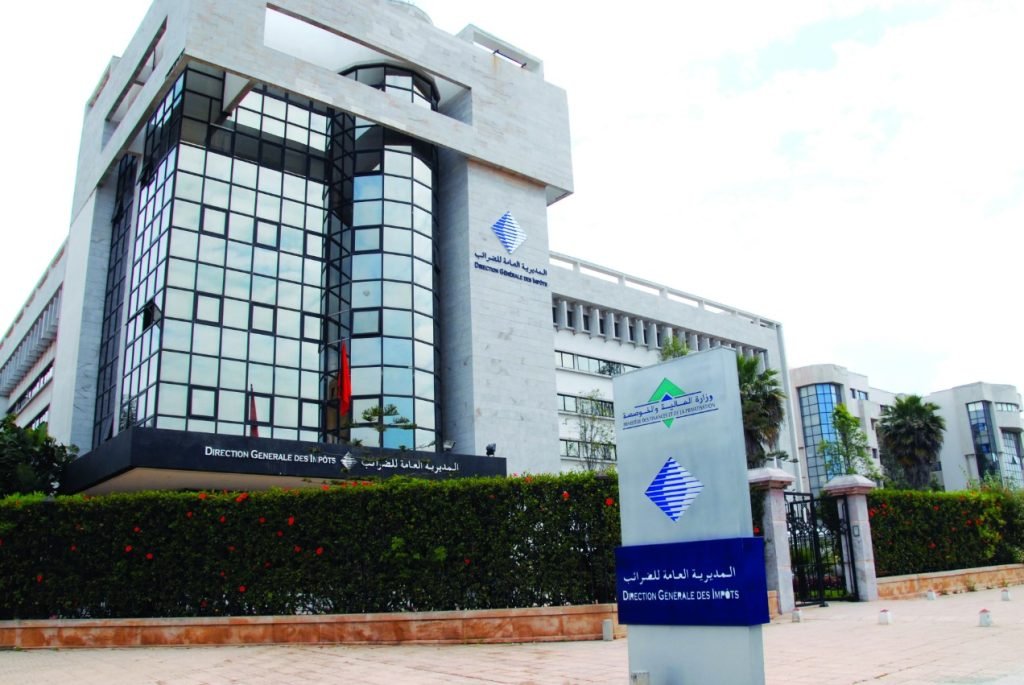ALJIHA POST
After experiencing a downturn in 2023, foreign direct investment (FDI) in Morocco has resumed its upward trajectory, demonstrating renewed confidence among international investors in the country’s economic growth potential.
According to data from the Office des Changes, net FDI inflows reached over 17.23 billion dirhams in 2024, marking an impressive 55.4% increase compared to the previous year. This surge reinforces Morocco’s position as a preferred destination for foreign investors, thanks to its political stability, strategic geographic location, and ambitious economic reforms.
A Strategic Framework for Investment Growth
This positive trend is largely attributed to Morocco’s new investment charter, which aims to encourage private sector participation and enhance national economic competitiveness. The framework offers multiple incentives to both local and foreign investors, including financing support mechanisms and a business-friendly regulatory environment.
In an interview with the Maghreb Arab Press Agency, economic expert and Director of the Government Action Monitoring Observatory, Mohamed Jedari, explained that global inflationary pressures and high central bank interest rates in 2022 and 2023 negatively impacted FDI flows worldwide. However, with inflation now stabilizing and monetary policies becoming more flexible, investment opportunities have improved significantly.
Morocco’s Competitive Edge and Key Investment Sectors
Over the past two decades, Morocco has made significant efforts to establish itself as a leading investment hub. Its modern infrastructure, industrial zones, and highly skilled workforce—comprising engineers, technicians, and specialized labor—continue to attract foreign investors, particularly in strategic sectors.
Among the key factors strengthening Morocco’s investment appeal are its logistics platforms, notably the Tanger Med Port and upcoming ports in Nador and Dakhla Atlantic. These hubs play a crucial role in facilitating international trade and reinforcing Morocco’s position as a gateway to both Europe and Africa.
Challenges and Future Outlook
Despite these achievements, Morocco must continue its reform efforts, particularly in reducing the informal sector and enhancing market competitiveness. According to Jedari, the country has set a clear Vision 2035, aiming to double its GDP from $130 billion in 2021 to $260 billion by 2035. A fundamental component of this vision is shifting the balance between public and private investment, with a target of reversing the current two-thirds public, one-third private ratio by 2030.
Looking ahead, Morocco presents significant investment opportunities in key sectors such as:
Infrastructure development linked to the 2030 FIFA World Cup, including tourism and transport
Renewable energy and water desalination projects
The automotive and electric vehicle industries, which continue to expand
Conclusion
With a strong commitment to structural reforms and a business-friendly environment, Morocco is poised to sustain its FDI momentum in 2025 and beyond. The combination of strategic policy measures, international investor confidence, and key development projects positions the country as an indispensable hub for global investment in North Africa.








